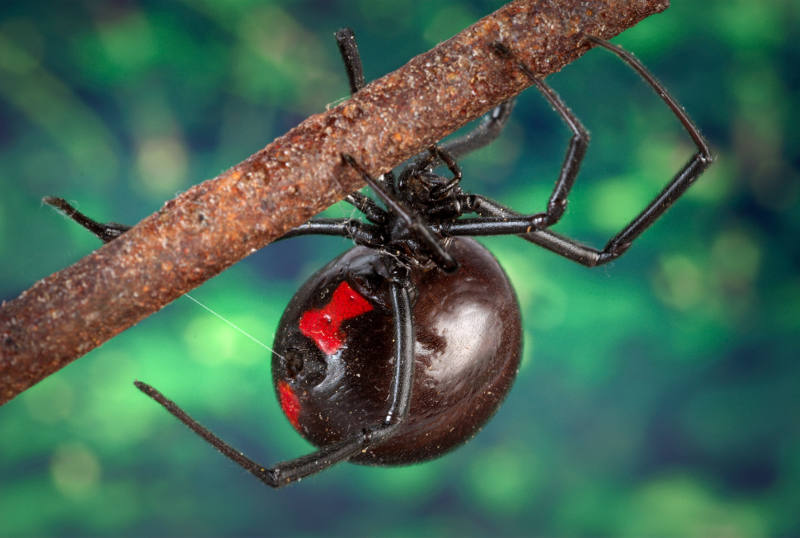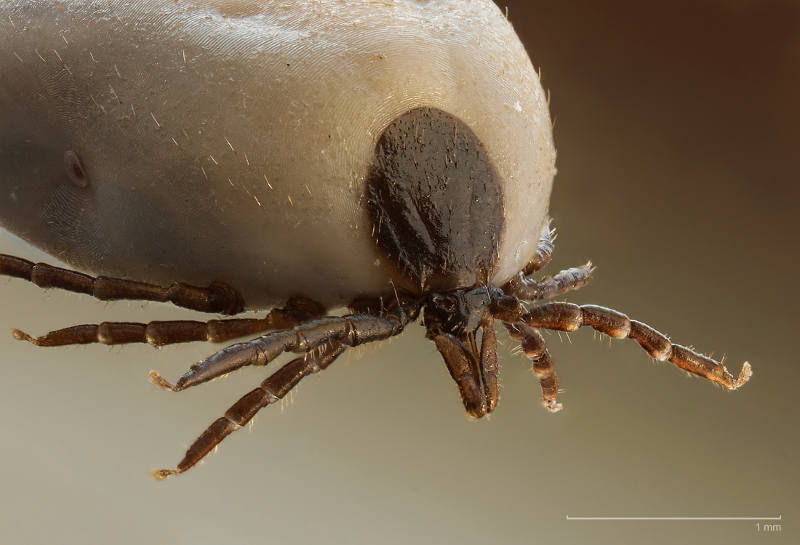
by The BugGuy | Feb 20, 2019 | Pest Control, Spiders
What to Do if These Eight-Legged Creatures Bite You Oklahoma is home to a wide range of spiders, some of which can pose a danger to humans. However, the negative reputation of some of Oklahoma’s spiders is unearned. Read on to learn more about some of Oklahoma’s most...

by The BugGuy | Feb 6, 2019 | Pest Control, Ticks
Don’t Let a Tick Bite Make You Ill Ticks are notorious for being hard to spot until they’re well established, and tick bites can make you sick. Are you aware of all the risks ticks can carry? More importantly, are you doing all you can to prevent yourself, your loved...




